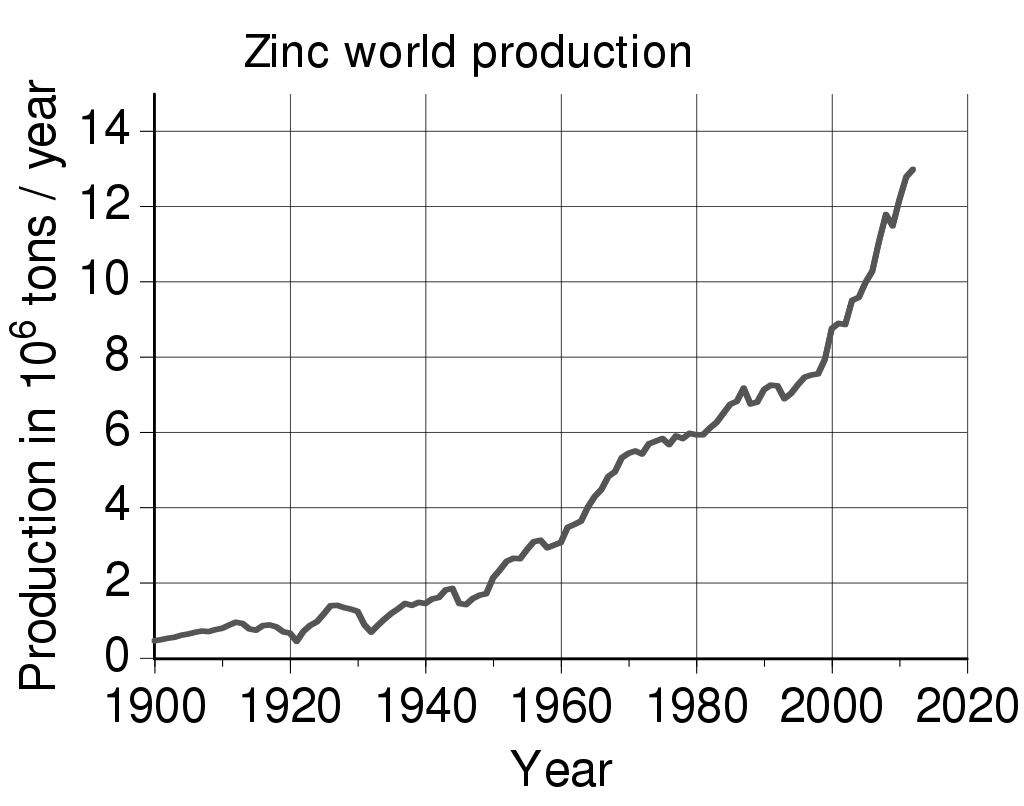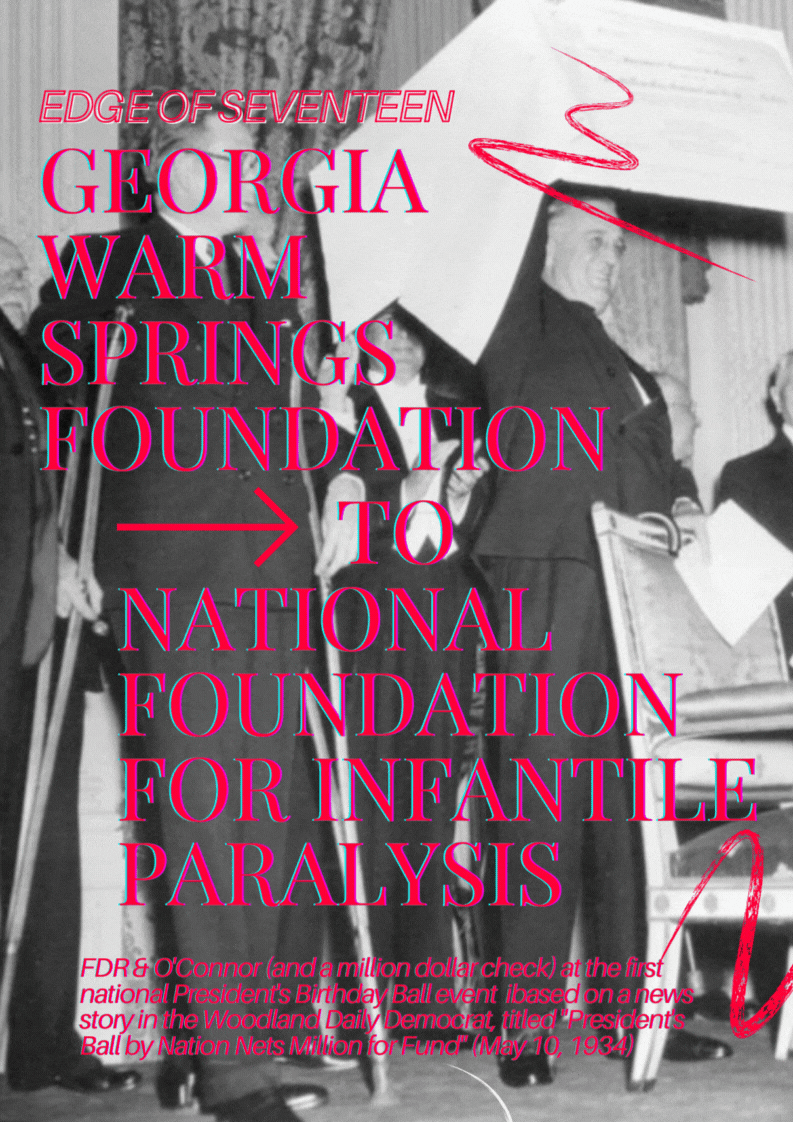Category: Metals
-
Arsenic: The Element of Surprise (and Murder)
Let’s dive into the sordid history of arsenic, the “King of Poisons” and the “Poison of Kings.” Our story begins in ancient times, when alchemists were busy trying to turn lead into gold. Little did they know, they were playing with fire – or rather, arsenic. These early mad scientists were probably the first to…
-
DMT1 aka DCT1 and NRAMP2
Natural resistance-associated macrophage protein 2 (NRAMP 2), also known as divalent metal transporter 1 (DMT1) and divalent cation transporter 1 (DCT1), is a protein that in humans is encoded by the SLC11A2 (solute carrier family 11, member 2) gene. DMT1 represents a large family of orthologous metal ion transporter proteins that are highly conserved from bacteria to humans. As its name suggests, DMT1 binds a variety of divalent metals…
-

Bovine serum albumin (Fraction V)
Bovine serum albumin (BSA or “Fraction V”) is a serum albumin protein derived from cows. It is often used as a protein concentration standard in lab experiments. The nickname “Fraction V” refers to albumin being the fifth fraction of the original Edwin Cohn purification methodology that made use of differential solubility characteristics of plasma proteins. By manipulating solvent concentrations, pH, salt levels, and temperature, Cohn was able…
-

Laterite
Laterite is a soil type rich in iron and aluminium and is commonly considered to have formed in hot and wet tropical areas. Nearly all laterites are of rusty-red coloration, because of high iron oxide content. They develop by intensive and prolonged weathering of the underlying parent rock, usually when there are conditions of high temperatures and heavy rainfall with alternate wet and dry periods. The…
-

Flame Test
A flame test is relatively quick test for the presence of some elements in a sample. The technique is archaic and of questionable reliability, but once was a component of qualitative inorganic analysis. The phenomenon is related to pyrotechnics and atomic emission spectroscopy. The color of the flames is understood through the principles of atomic electron transition and photoemission, where varying elements require distinct energy levels (photons)…
-
Lumican aka LUM
Lumican, also known as LUM, is an extracellular matrix protein that, in humans, is encoded by the LUM gene on chromosome 12. Structure Lumican is a proteoglycan Class II member of the small leucine-rich proteoglycan (SLRP) family that includes decorin, biglycan, fibromodulin, keratocan, epiphycan, and osteoglycin. Like the other SLRPs, lumican has a molecular weight of about 40 kilodaltons and has four major intramolecular domains: There are four N-linked sites within…
-
Tetramers and tetrameric protein
A tetramer is an oligomer formed from four monomers or subunits. The associated property is called tetramery. An example from inorganic chemistry is titanium methoxide with the empirical formula Ti(OCH3)4, which is tetrameric in solid state and has the molecular formula Ti4(OCH3)16. An example from organic chemistry is kobophenol A, a substance that is formed by combining four molecules of resveratrol. In biochemistry, it similarly refers to a biomolecule formed of four units, that are the…
-

Albumen prints and egg whites…all the rage back in the day…and a few other things
The albumen print, also called albumen silver print, was published in January 1847 by Louis Désiré Blanquart-Evrard, and was the first commercially exploitable method of producing a photographic print on a paper base from a negative. It used the albumen found in egg whites to bind the photographic chemicals to the paper and became the dominant form of photographic positives from 1855 to the start…
-
Von Willebrand factor (VWF) is a large multimeric glycoprotein present in blood plasma and produced constitutively as ultra-large VWF in endothelium (in the Weibel–Palade bodies), megakaryocytes (α-granules of platelets), and subendothelial connective tissue
Von Willebrand factor (VWF) is a blood glycoprotein that promotes hemostasis, specifically, platelet adhesion. It is deficient and/or defective in von Willebrand disease and is involved in many other diseases, including thrombotic thrombocytopenic purpura, Heyde’s syndrome, and possibly hemolytic–uremic syndrome. Increased plasma levels in many cardiovascular, neoplastic, metabolic (e.g. diabetes), and connective tissue diseases are presumed to arise from adverse changes to the endothelium, and may predict an increased…
-
Ectodomain Shedding & Sheddases & a whole bunch of Adams
An ectodomain is the domain of a membrane protein that extends into the extracellular space (the space outside a cell). Ectodomains are usually the parts of proteins that initiate contact with surfaces, which leads to signal transduction. A notable example of an ectodomain is the S protein, commonly known as the spike protein, of the viral particle responsible for the COVID-19 pandemic. The ectodomain region of the…
-
Osteopontin (OPN)
Osteopontin (OPN), also known as bone /sialoprotein I (BSP-1 or BNSP), early T-lymphocyte activation (ETA-1), secreted phosphoprotein 1 (SPP1), 2ar and Rickettsia resistance (Ric), is a protein that in humans is encoded by the SPP1 gene (secreted phosphoprotein 1). The murine ortholog is Spp1. Osteopontin is a SIBLING (glycoprotein) that was first identified in 1986 in osteoblasts. The family of non-collagenous proteins known as SIBLING proteins, standing for small integrin-binding ligand, N-linked glycoprotein, are components of the extracellular matrix of bone and dentin. Evidence shows that these proteins play key…
-

The trefoil knot fold is a protein fold in which the protein backbone is twisted into a trefoil knot shape
“Shallow” knots in which the tail of the polypeptide chain only passes through a loop by a few residues are uncommon, but “deep” knots in which many residues are passed through the loop are extremely rare. Deep trefoil knots have been found in the SPOUT superfamily. including methyltransferase proteins involved in posttranscriptional RNA modification in all three domains of life, including bacterium Thermus thermophilus and…
-

Cyanamide notes (it was a polio vaccine that spurred these notes and by now polio has five mentions on the page and these are two of them)
I’m going to add some polio vaccine stuff at the top of these notes. Hilary Koprowski is the one mentioned on the Polio Hall of Fame page who was not included in the hideous monument, see What In God’s Name, even though he (and his work) have direct connection to those who are included. He…
-

Basil O’Connor (1892 – 1972) was an American lawyer
In cooperation with U.S. President Franklin D. Roosevelt he started two foundations for the rehabilitation of polio patients and the research on polio prevention and treatment. From 1944 to 1949 he was chairman and president of the American Red Cross and from 1945 to 1950 he was chairman of the League of Red Cross Societies.…
-

Fibroin is an insoluble protein present in silk produced by numerous insects
Fibroin is an insoluble protein present in silk produced by numerous insects, such as the larvae of Bombyx mori, and other moth genera such as Antheraea, Cricula, Samia and Gonometa. Silk in its raw state consists of two main proteins, sericin and fibroin, with a glue-like layer of sericin coating two singular filaments of fibroin called brins. BRIN AND BAVE (BRIN) One of the radiating sticks of a fan.…
NOTES
- 🧬 Disease Table with Low Sodium Connection
- 🧂 Sodium Reduction and Sodium Replacement: A History of Reformulation and Exploding Diseases, Including Many Diseases Unheard of Before Deadly Sodium Policies
- 🧂 The DEADLY 1500 mg Sodium Recommendation predates the WHO’s formal global sodium reduction push by nearly a decade (and it’s even worse than that)
- 🧬 What Is Beta-Glucuronidase?
- When Sugar Was Salt: Crystalline Confusion and the Covenant of Sweetness
Tags
ADAM ASPARTAME Birds Blood Bones Brain Bugs Cancer Columba Cows crystallography Death Death cults Eggs Etymology Gastrin Gold Growth hormone History Hormones Insulin Liver Mere Perplexity Metal Monkey Business Mythology Paracetamol Plants Poison Pregnancy Protein Religion Reproduction Rocks Salt Slavery Snakes Sodium the birds and the bees Thiocyanate Tobacco Tylenol Underworld Venom zinc

